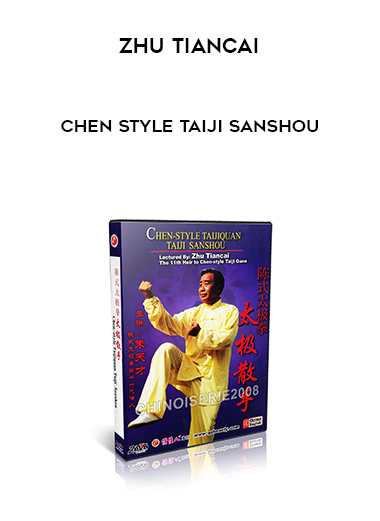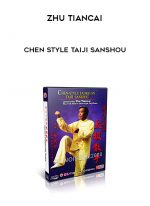
Zhu TianCai – Chen Style Taiji sanshou
Sanshou, based on the change of Chen-Style steps and additional ways of sending off energy, shows you the slow and fast springing and shaking to you to understand truly the values of a combined softness and forcefulness of Chen-Style Taijiquan?
The demands of Taichi Sanshou: adherence to fist theory, master lecturing, relaxed stances, waist-axsis, sinking qi to dantian, lowering to spring, moving around the whole body, and a coordination of slowness and fastness..
Grandmaster Zhu Tiancai’s birthplace is in China, Henan, Chenjiagou. He is the 19th generation disciple of the Chen Family Taijiquan. He started learning from Grandmaster Chen Zhaopi and Grandmaster Chen Zhaokui from a very young age. Having great passion and love for the martial art and under strict guidance from the two Grandmasters, Grandmaster Zhu Tiancai has perfectly mastered Chen Taijiquan. His display of Chen Taijiquan is described as “smooth flowing” and “softness,” giving people watching the routine a beautiful and relaxed feeling.
With over fifty years of teaching experience, Grandmaster Zhu has compiled a set of teaching methodologies useful for both beginners and professionals. The art can be practiced as a form of basic exercise for health improvement and in the advanced stages can also be used as a defensive martial art.
Grandmaster Zhu has been traveling around the world teaching and imparting the art of Chen Taijiquan. His teaching is well known and received by international Wushu and Taiji organizations. His students are numerous and Grandmaster Zhu was honored as one of the four “Arhats” of Chen Taijiquan. He is also an international Chen Taijiquan Instructor.
Over the years, Grandmaster Zhu has written and published many books and video cds with detailed explanations and illustrations of Chen Taijiquan, including Swords, Push-hands, and many other aspects of the art. .
What is Martial arts ?
Martial arts are codified systems and traditions of combat practiced for a number of reasons such as self-defense; military and law enforcement applications; competition; physical, mental, and spiritual development; entertainment; and the preservation of a nation’s intangible cultural heritage.
Although the term martial art has become associated with the fighting arts of East Asia, it originally referred to the combat systems of Europe as early as the 1550s. The term is derived from Latin and means “arts of Mars”, the Roman god of war. Some authors have argued that fighting arts or fighting systems would be more appropriate on the basis that many martial arts were never “martial” in the sense of being used or created by professional warriors.
Zhu TianCai – Chen Style Taiji sanshou
Readmore About : Zhu TianCai









































Reviews
There are no reviews yet.